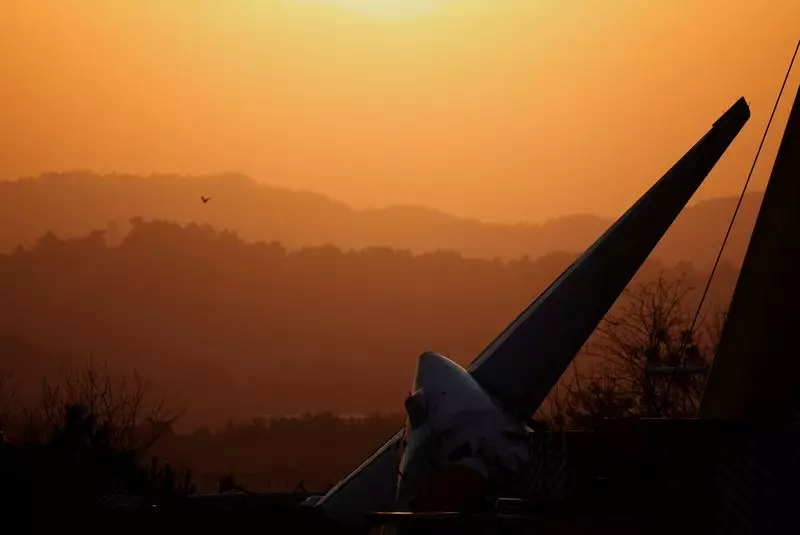The recent tragedy involving a Jeju Air Boeing 737-800 has sent shockwaves through South Korea and the global aviation community. On a fateful flight from Bangkok to Muan County, the aircraft failed to deploy its landing gear, overshooting the runway and resulting in a catastrophic explosion that claimed 179 lives. The disaster marked the deadliest aviation incident in South Korea’s history, prompting immediate action from the country’s transport ministry to ensure the safety and integrity of its airline fleet.
In response to this heartbreaking event, South Korea’s transport ministry announced the extension of special inspections for all 101 Boeing 737-800s operated by domestic airlines. Initially scheduled to conclude on Friday, these inspections will now continue until January 10. The decision reflects a pressing need for heightened scrutiny within the aviation sector to prevent further tragedies. Inspectors will evaluate critical components of the aircraft, including engine performance and maintenance logs, to identify any potential flaws that could compromise safety. Notably, severe infractions could lead to a suspension of airline operations, underscoring the ministry’s commitment to rigorous enforcement.
The gravity of the situation has prompted South Korea’s transport ministry to convene an emergency meeting with executives from prominent airlines such as Korean Air Lines and Asiana Airlines. This collaborative approach seeks to foster a culture of safety within the industry by discussing strategies for improvement and enhanced operational protocols. It is imperative that all stakeholders prioritize passenger safety to regain public trust in air travel, especially following such a devastating incident.
As the investigation unfolds, a team from South Korea is preparing to work alongside the U.S. National Transportation Safety Board to analyze the flight data recorder from the ill-fated flight. Their priority is to uncover the events leading up to the tragedy, with a focus on the aircraft’s technical performance and the decisions made by the crew. Interviews with airport control tower personnel and an examination of recovered mobile phones may provide critical insights into the moments before the crash. The complexity of such investigations underscores the importance of a comprehensive approach to understanding aviation incidents.
As South Korean authorities continue their investigation, several pressing questions remain. Why did the aircraft fail to deploy its landing gear? What factors influenced the pilot’s decision to attempt a second landing after declaring an emergency following a bird strike? These unanswered queries highlight the need for thorough inquiries into both operational procedures and technical malfunctions. Furthermore, police actions taken against Jeju Air’s leadership, including a travel ban for the CEO, signify the seriousness of this situation and indicate the potential repercussions for accountability.
Ultimately, this tragedy serves as a grim reminder of the inherent risks associated with air travel. It underscores the relentless need for stringent safety measures, comprehensive training for airline personnel, and improved aircraft maintenance protocols. The aviation industry, both in South Korea and globally, must come together to learn from this incident, ensuring that the lessons learned contribute to a safer flying experience for all passengers. With the commitment of regulatory bodies and airline leadership, there is a path toward restoring confidence in air travel in the wake of this profound loss.

